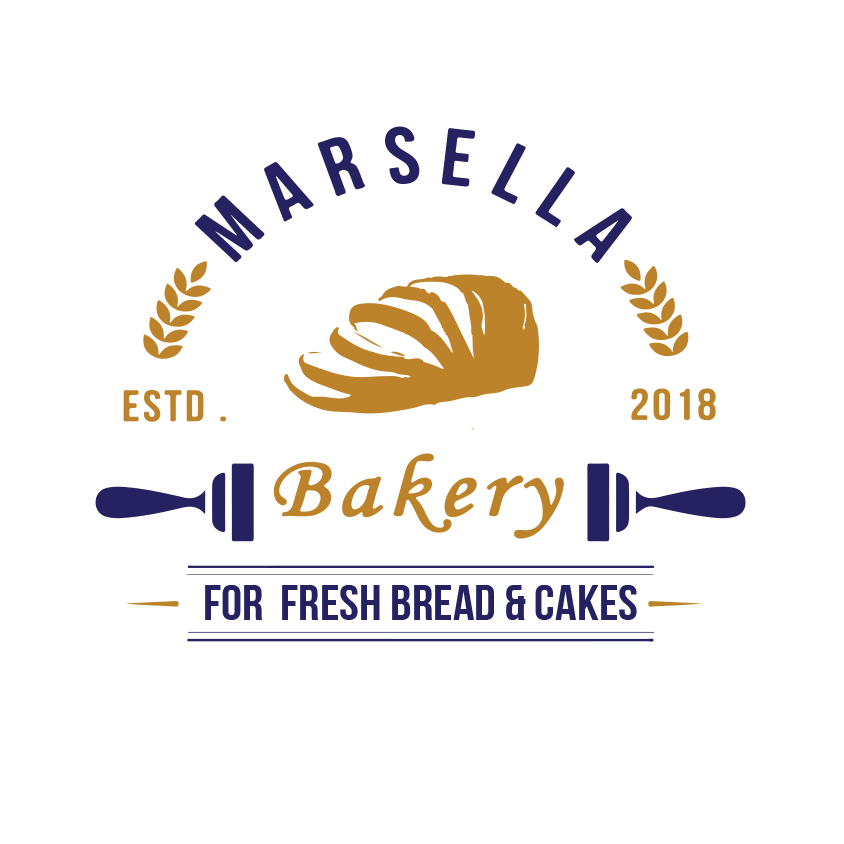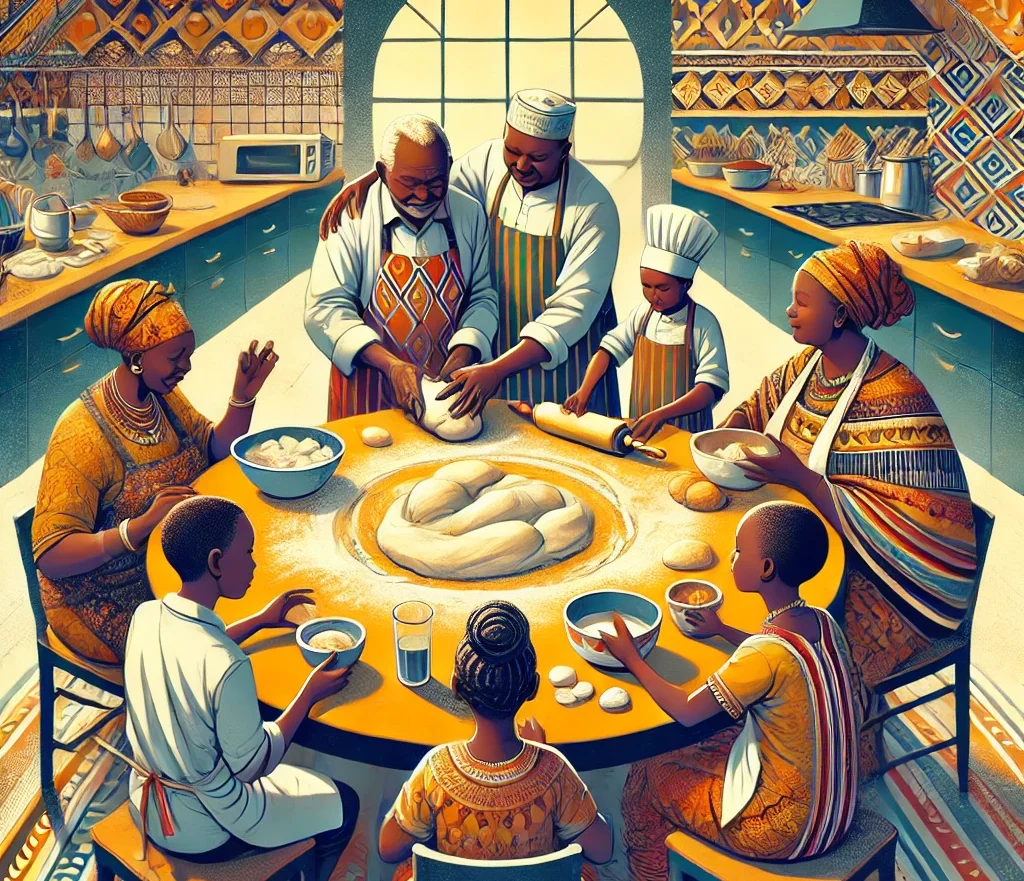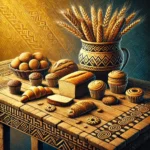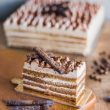I. Introduction to Kenyan Baking Traditions
Kenyan baking traditions have been a cherished part of our culture for generations. When I think back to my childhood, I remember the smell of freshly baked treats wafting through my grandmother’s kitchen. These baked goods have always been more than just food – they’re a way to show love, celebrate special occasions, and bring people together.
A. Historical significance of baking in Kenyan culture
Baking in Kenya has its roots in both indigenous traditions and influences from Arab traders and European colonizers. Over time, we’ve developed our own unique baking style that reflects our diverse heritage.
B. Common ingredients in traditional Kenyan baked goods
Some ingredients you’ll often find in Kenyan baked treats include:
- Wheat flour
- Coconut milk
- Cardamom
- Cinnamon
- Vanilla
C. Role of baked treats in Kenyan social gatherings
In my experience, no Kenyan celebration is complete without some delicious baked goods. Whether it’s a wedding, a birthday, or just a Sunday family gathering, you can bet there will be some tasty treats to share.
II. Classic Kenyan Baked Treats
A. Mandazi: The beloved Kenyan doughnut
Ah, mandazi – the star of Kenyan baked goods! These triangular doughnuts are a breakfast favorite and perfect for dunking in chai. I remember my mom making these on weekends, and the whole family would gather around to enjoy them fresh from the fryer.
B. Mkate wa Sinia: Traditional Swahili rice bread
This dense, slightly sweet bread is a staple in coastal Kenyan cuisine. It’s often served during Ramadan and other special occasions. The first time I tried it, I was surprised by its unique texture and flavor.
C. Kaimati: Sweet dumplings with a crispy exterior
These little balls of dough, deep-fried and soaked in syrup, are absolutely irresistible. They’re often served during weddings and other celebrations. I can never eat just one!
III. Modern Influences on Kenyan Baking
A. Impact of global culinary trends
As Kenya becomes more connected to the global community, we’re seeing new flavors and techniques make their way into our kitchens. It’s exciting to see how these trends are shaping our baking traditions.
B. Fusion of traditional and international flavors
Many bakers are now experimenting with combining classic Kenyan flavors with international ingredients. For example, I recently tried a mandazi flavored with matcha – it was surprisingly delicious!
C. Healthier ingredient alternatives gaining popularity
There’s a growing interest in using healthier ingredients in our baked goods. I’ve seen recipes using whole wheat flour, natural sweeteners, and even gluten-free options.
IV. Reimagining Mandazi
A. Incorporating exotic spices for unique flavor profiles
Why not try adding some cardamom or even a pinch of saffron to your mandazi dough? These spices can add a whole new dimension to the familiar treat.
B. Experimenting with different shapes and fillings
I’ve seen some creative bakers making star-shaped mandazi or even filling them with chocolate or fruit preserves. It’s a fun way to put a twist on a classic.
C. Creating savory versions of the classic sweet treat
Who says mandazi have to be sweet? Try adding some herbs and cheese to the dough for a savory snack that’s perfect for afternoon tea.
V. Elevating Mkate wa Sinia
A. Adding diverse grains for nutritional benefits
Mixing in some millet or sorghum flour can boost the nutritional value of mkate wa sinia while adding interesting textures and flavors.
B. Exploring new presentation styles
Instead of the traditional large round loaf, why not try making individual portions or even using a muffin tin for bite-sized versions?
C. Pairing with modern dips and spreads
While mkate wa sinia is delicious on its own, it can be even better when paired with some creative dips. I love serving it with a spicy mango chutney or a creamy avocado spread.
VI. Kaimati with a Twist
A. Infusing with unexpected flavors (e.g., matcha, lavender)
Adding unexpected flavors to kaimati can create exciting new taste experiences. I once tried lavender-infused kaimati at a friend’s wedding, and it was a delightful surprise.
B. Developing gluten-free and vegan variations
To make kaimati more inclusive, some bakers are experimenting with gluten-free flours and plant-based ingredients. It’s great to see everyone can enjoy this traditional treat.
C. Creating miniature versions for elegant presentations
Tiny kaimati make for adorable and elegant dessert presentations. They’re perfect for fancy dinner parties or as part of a dessert platter.
VII. Innovative Baking Techniques for Traditional Treats
A. Using air fryers for healthier alternatives
Air fryers can be a great way to make lighter versions of traditionally fried treats like mandazi and kaimati. I was skeptical at first, but the results can be surprisingly good!
B. Incorporating molecular gastronomy elements
Some adventurous bakers are using techniques like spherification to create unique textures and presentations of traditional Kenyan flavors.
C. Adapting treats for modern dietary preferences
With more people following specific diets, it’s important to adapt our traditional recipes. I’ve seen great low-carb, keto-friendly, and even paleo versions of Kenyan baked goods.
VIII. Preserving Tradition While Embracing Innovation
A. Balancing authenticity with creativity
While it’s fun to experiment, it’s also important to respect the essence of our traditional treats. The key is finding a balance between honoring our heritage and embracing new ideas.
B. Educating younger generations about Kenyan baking heritage
I love sharing stories and recipes with my nieces and nephews. It’s a great way to pass on our culinary traditions and inspire the next generation of Kenyan bakers.
C. Promoting Kenyan baked goods on the global culinary stage
It’s exciting to see Kenyan baked goods gaining recognition internationally. Food bloggers and chefs are helping to introduce our delicious treats to a wider audience.
IX. Summary
Kenyan baked goods are evolving, blending traditional flavors with modern techniques and global influences. While we cherish our classic recipes, there’s plenty of room for creativity and innovation. Whether you prefer your mandazi traditional or with a twist, there’s never been a more exciting time to explore the world of Kenyan baked delights.
X. FAQs
1. What are the most popular traditional Kenyan baked treats?
The most popular traditional Kenyan baked treats include mandazi (Kenyan doughnuts), mkate wa sinia (Swahili rice bread), and kaimati (sweet dumplings). These treats are beloved across the country and are often enjoyed during special occasions and everyday moments alike.
2. How can I make healthier versions of classic Kenyan baked goods?
To make healthier versions of classic Kenyan baked goods, you can try:
- Using whole wheat flour instead of white flour
- Replacing some of the sugar with natural sweeteners like honey or mashed bananas
- Baking instead of frying (for treats like mandazi)
- Incorporating nutritious ingredients like seeds or nuts
3. Where can I find authentic Kenyan baking ingredients outside of Kenya?
You can often find authentic Kenyan baking ingredients at:
- African or international grocery stores
- Online specialty food retailers
- Some larger supermarkets with international food sections
If you can’t find specific ingredients, don’t be afraid to ask at your local African restaurant – they might be able to point you in the right direction!
4. Are there any gluten-free options for traditional Kenyan baked treats?
Yes, there are gluten-free options for traditional Kenyan baked treats. Many bakers are now experimenting with gluten-free flours like rice flour, millet flour, or cassava flour to create gluten-free versions of favorites like mandazi and mkate wa sinia. It might take some experimentation to get the texture right, but it’s definitely possible!
5. How can I incorporate Kenyan flavors into Western-style baked goods?
To incorporate Kenyan flavors into Western-style baked goods, you could try:
- Adding cardamom or cinnamon to cookie or cake recipes
- Using coconut milk in place of regular milk in baked goods
- Incorporating tropical fruits like mango or passion fruit into muffins or tarts
- Using Kenyan coffee in chocolate desserts for a unique flavor profile
Remember, baking is all about experimenting and having fun, so don’t be afraid to try new flavor combinations!











